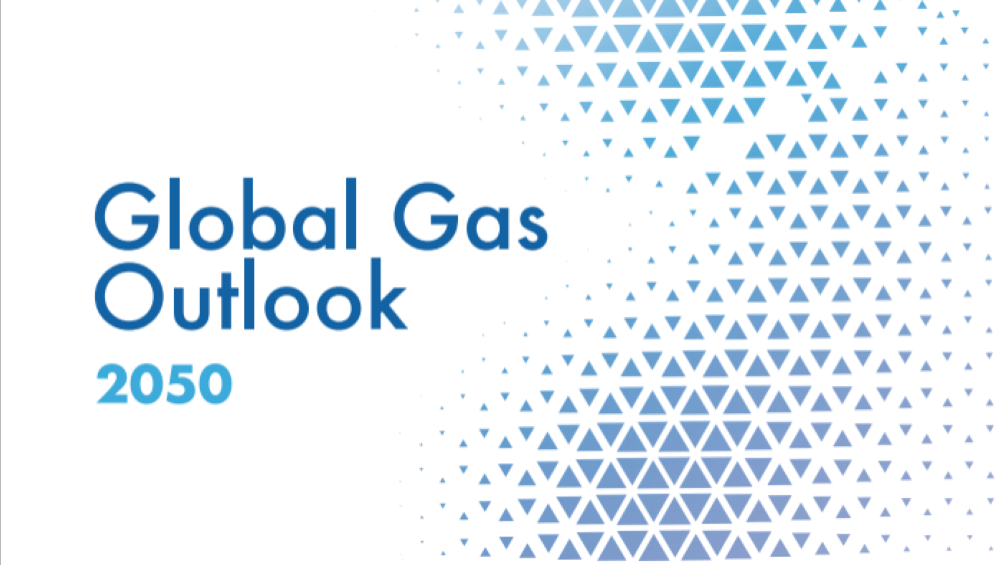Natural gas demand has been projected to increase to 5,317 bcm by 2050, representing 32% growth over the forecast period, according to the Gas Exporting Countries Forum.
Gas’ share in the global energy will rise from 23% to 26%, GECF noted.
The power sector is expected to drive this expansion, adding 475 bcm (1.1% per year) to reach 1,866 bcm.
Industrial demand, including feedstock applications, is expected to grow by 238 bcm (0.9% per year) to 1,095 bcm, maintaining its position as the second-largest source of natural gas consumption.
Natural gas demand for hydrogen production is also set to rise significantly, with consumption exceeding 480 bcm by 2050, reflecting blue hydrogen’s growing role in decarbonisation strategies, GECF said in its latest ‘Globas Gas Outlook’.
The share of natural gas in final energy consumption is projected to reach 16% by 2050, slightly increasing from 15% in 2023, despite shifting consumption patterns.
A gradual transition is underway, with natural gas use shifting from direct consumption in end-use sectors toward transformation sectors such as power generation and hydrogen production, reinforcing its role in supporting cleaner energy systems.
With the exception of Europe and North America, natural gas demand is set to continue expanding across all other regions.
Asia Pacific is projected to surpass North America as the largest natural gas-consuming region within this decade, maintaining its lead through midcentury.
The region is expected to witness a 710 bcm increase in demand, accounting for 55% of the total net growth by 2050, outpacing all other regions.
The Middle East will closely follow, contributing nearly 24% of the global demand increase, as its consumption rises from 554 bcm in 2023 to 865 bcm by 2050, reflecting increasing industrialisation and expanding energy intensive sectors.
Africa is poised for the strongest relative growth, with natural gas demand more than doubling (+126%) to reach 385 bcm by 2050, driven by accelerated energy access initiatives, industrial expansion, and economic development.
Latin America will also experience substantial growth, adding 125 bcm to reach 275 bcm by 2050, accounting for nearly 10% of the global net increase, solidifying its role as an emerging natural gas market.
Despite initial growth in natural gas demand in North America through 2030, the region is expected to peak thereafter, followed by a gradual decline by 2050, as mature markets shift toward lower-carbon alternatives and efficiency improvements reduce consumption. Europe’s demand is anticipated to continue declining over the coming decades, falling by 154 bcm to 309 bcm by 2050, reflecting its energy policies and deindustrialisation.
These trends underscore natural gas’s dual role — acting as a transition fuel in Europe and a destination fuel in developing regions where infrastructure, energy security, and economic priorities drive long-term reliance on natural gas.
The global natural gas supply landscape is undergoing a fundamental shift, with production increasingly concentrated in non-associated conventional gas resources, primarily in the Middle East, Eurasia, and Africa.
In contrast, North America’s unconventional gas production is expected to peak at 1,205 bcm in the 2030s before gradually declining to 1,126 bcm by 2050 due to the maturation of key shale plays and a slowing expansion of new developments.
Meanwhile, new projects, including yet-to-find (YTF) resources, are forecast to account for 81% of total global gas production by 2050, highlighting their critical role in offsetting natural decline from mature fields and sustaining long-term supply growth.


